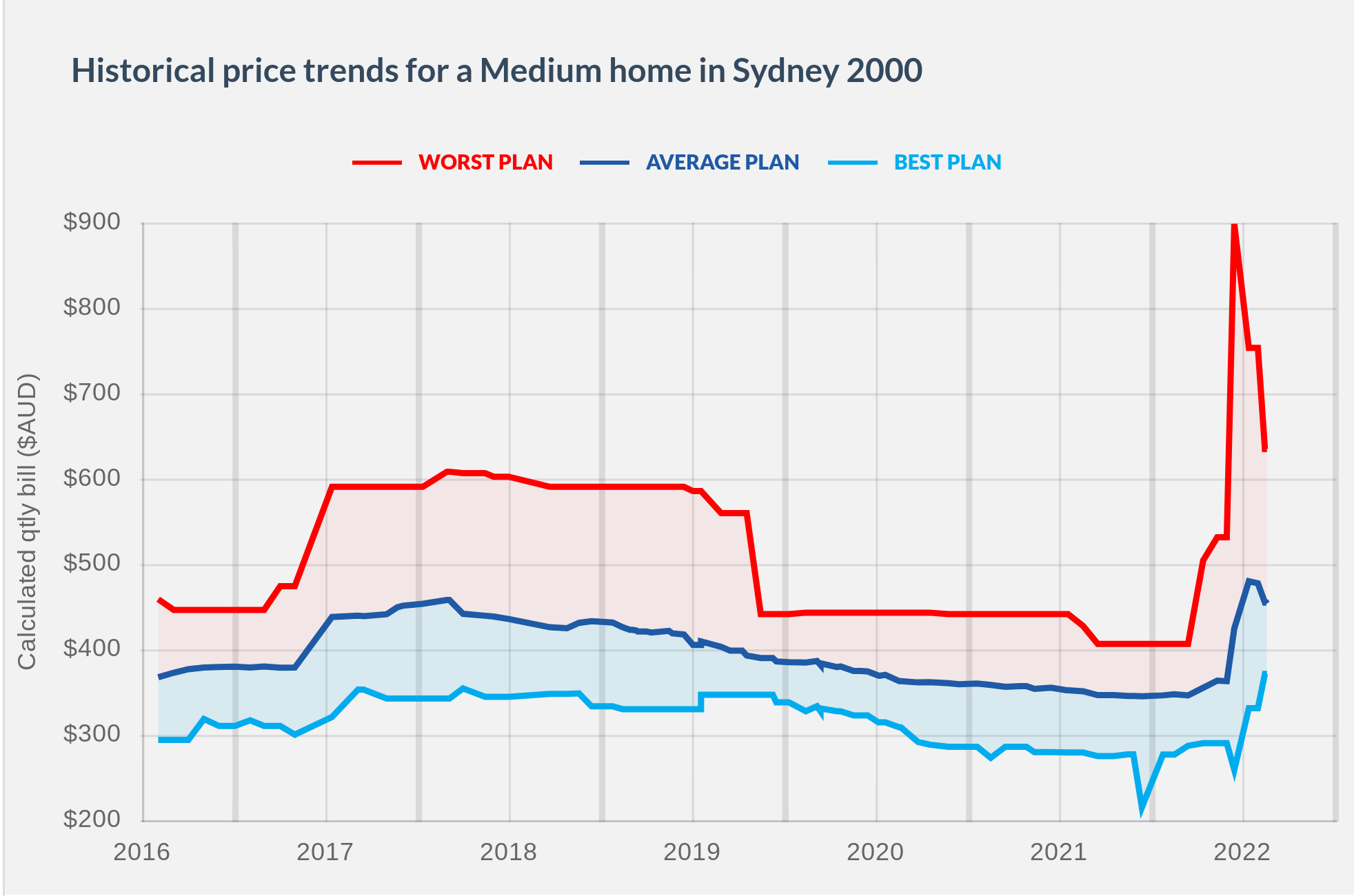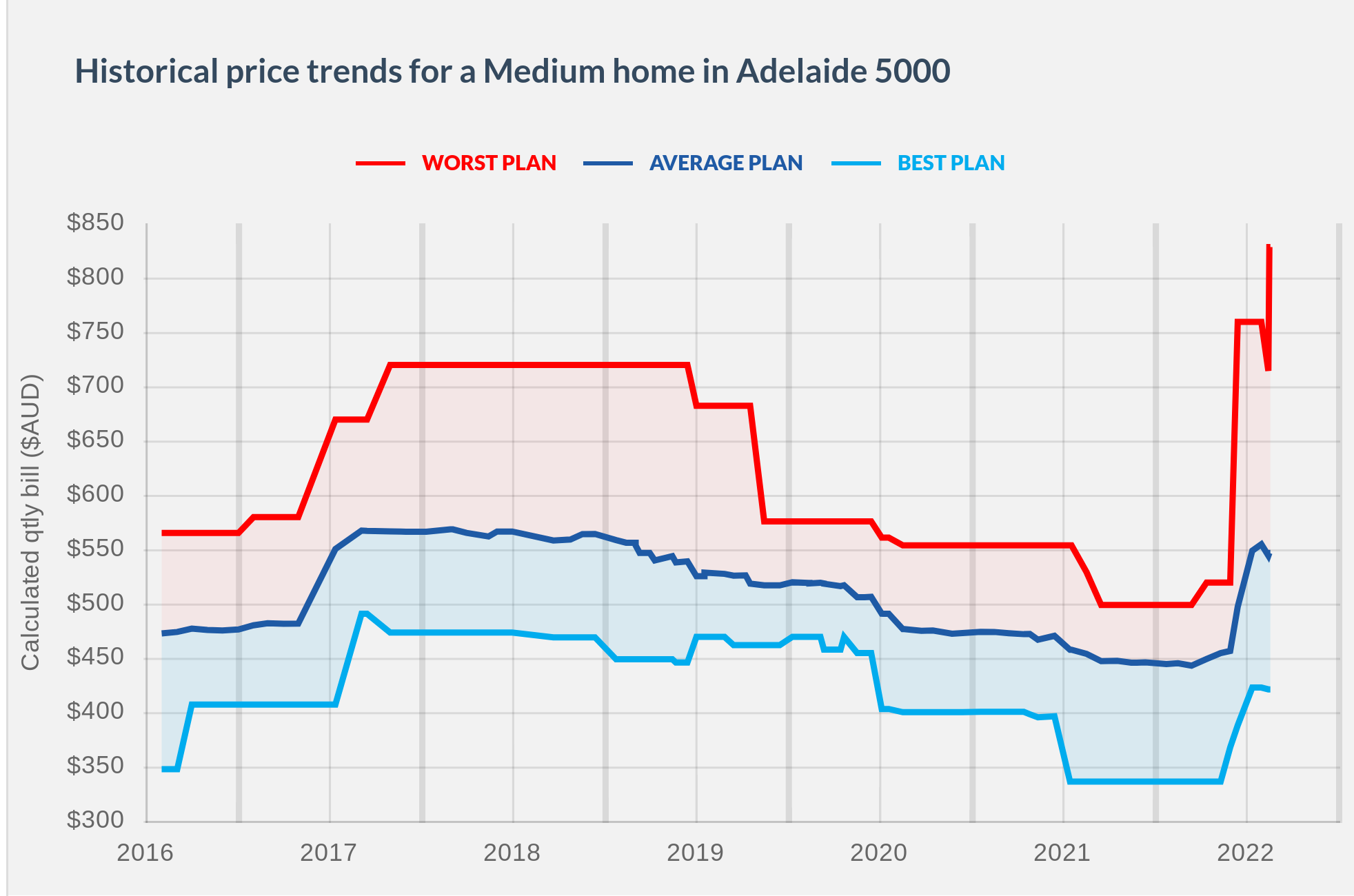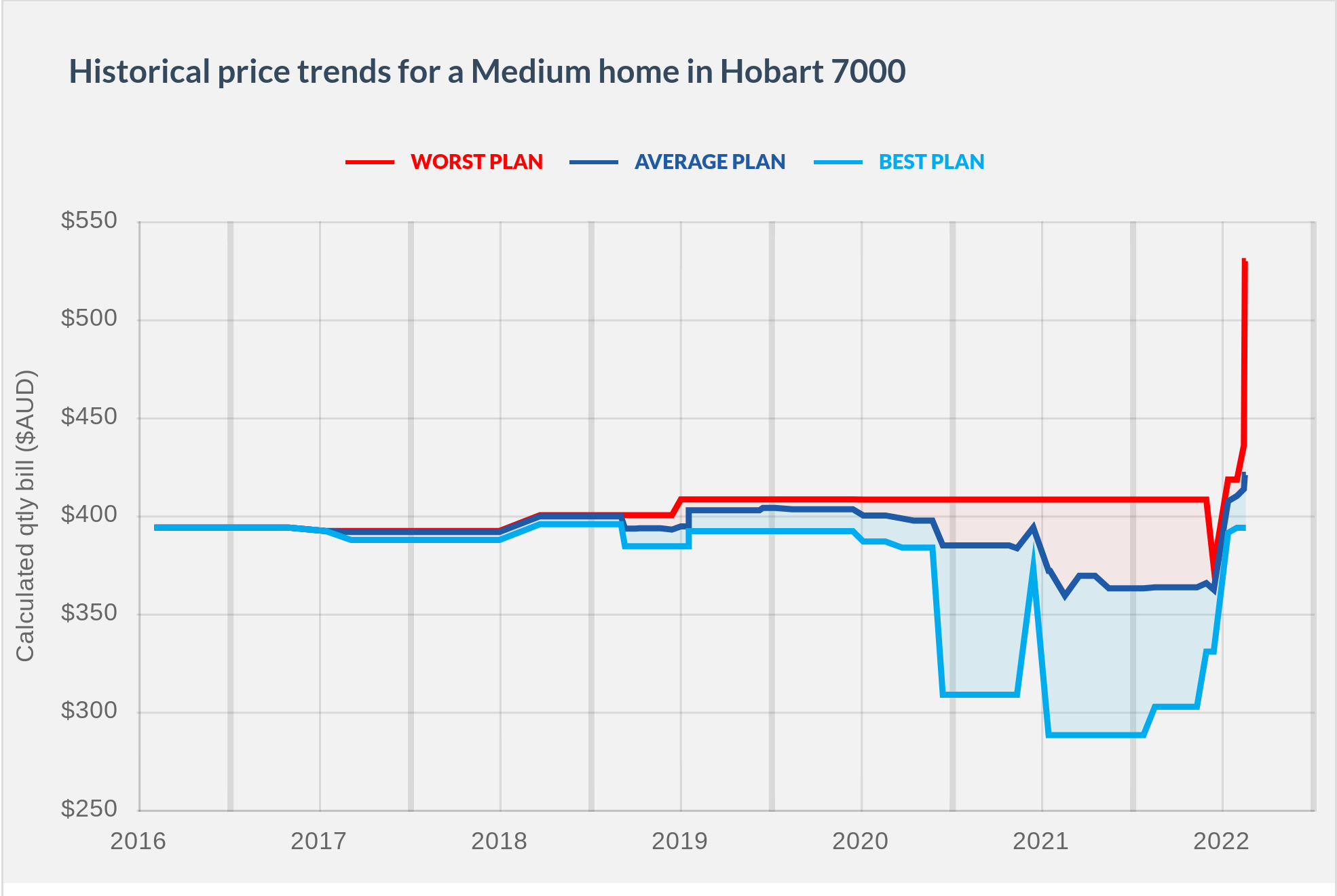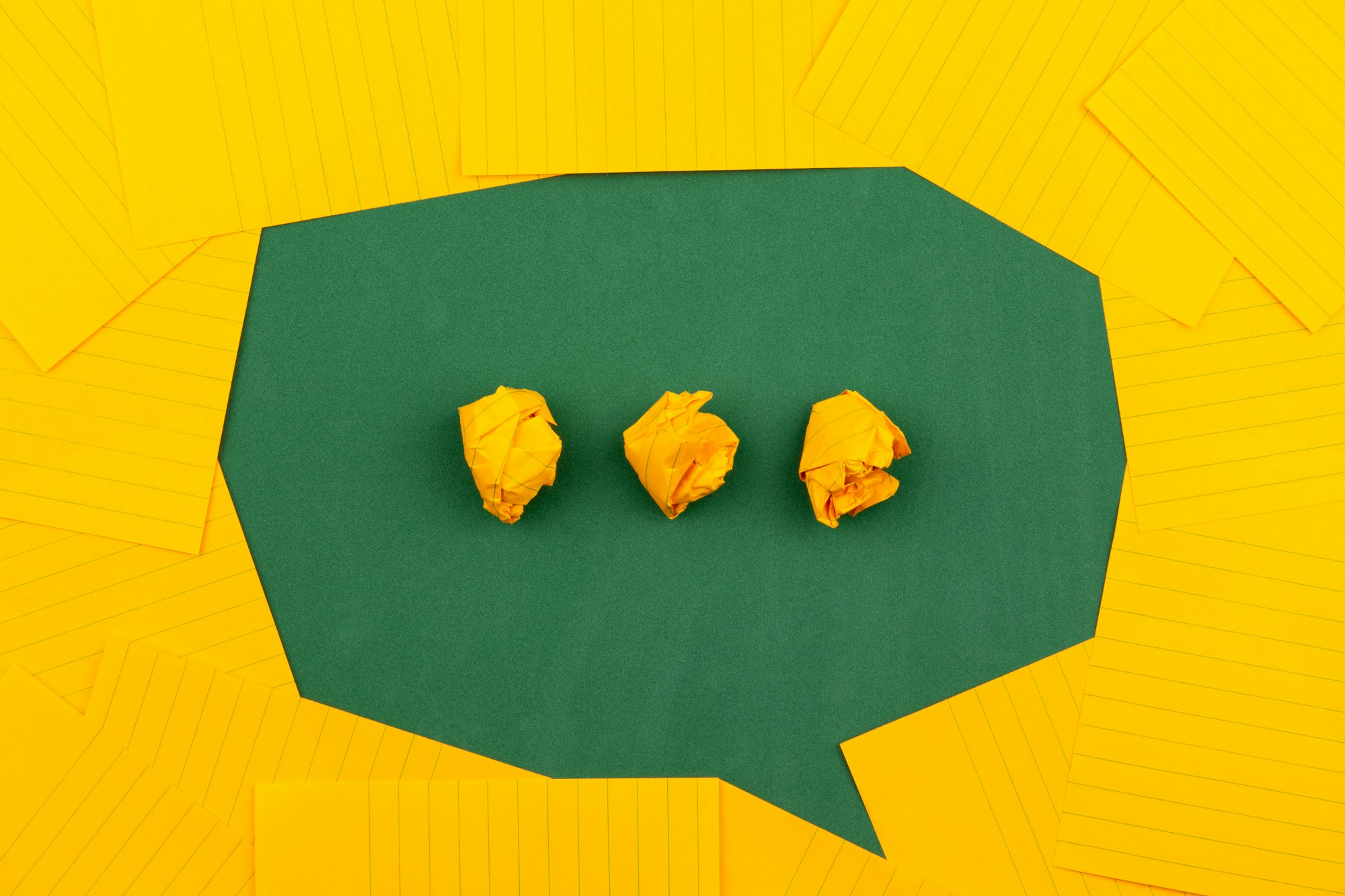Here's the game you didn't know you needed to play
Electricity distribution networks are complicated. So are the games based on them.
The numbers are in for retail energy pricing, let's see how bad things are. But remember, no matter how crazy the market gets, Bill Hero will make sure you're always on the best priced plan.

Welcome to the Bill Hero newsletter Savings as a Service August 2022 edition.
Retail energy bills remain at the forefront of what is now becoming a full-blown cost of living crisis in Australia.
Our feature story this month focuses on how retail pricing has reacted to wholesale price changes over the past couple of months – no prizes for guessing that pricing is way up. In fact, effective retail prices have doubled for most Australian electricity consumers.
No matter how crazy the market gets, Bill Hero will make sure you're always on the best priced plan.
Not yet a Bill Hero subscriber? What are you waiting for!

Never overpay for energy again! Bill Hero automatically compares every bill to help keep you always on the best priced plan.
Also in this edition we'll update you on some new Bill Hero capabilities, including a new Community feature for this newsletter and blog, plus we're introducing a whole new approach to our Energy Coach content.
Let's get into it …
The dust is settling on the retail side of the market after unprecedented upheaval in the wholesale energy markets. Energy consumers all over the country are now seeing the impact in their retail energy bills.
A quick glance at the quarterly average wholesale prices across the NEM shows that we really did experience a wholesale price decline from 2017 through 2020, but in 2022 we've seen very dramatic increases.

Prices are significantly higher in every state, but Queensland and New South Wales, are the worst affected, due to their reliance on black coal generation.


Black coal-fired generation brings a double-impact from exposure to global coal price increases, plus ongoing and increasing issues with reliability across the generation fleet. For example, there's been several individual price events, in QLD and NSW, where the wholesale price has spiked above $5,000 per MWh, correlated with lower availability of coal-fired generation.
Read on to see Bill Hero data and insights on just how far retail prices are up.
One of the main problems in retail energy pricing is that as energy consumers, we often do not see much benefit for wholesale price decreases, but we immediately experience the full brunt of any increases.
Mainstream media reports about retail energy pricing typically rely on the default offer pricing, which applies only for customers on standing offers because they have not signed up for a market offer.
This is understandable since these prices are reported in a simple an easily digestible way. However, the vast majority of energy consumers in the NEM are on market offers.

In theory, market offers should be cheaper than default offers, but we're now seeing that some retailers have priced their market offers higher than the default offer price.
In general, at Bill Hero, we're most interested in the lowest prices offered in the market, since these are the prices that we help our subscribers stay aligned to.
Effective retail prices have doubled for most Australian electricity consumers
These lowest possible prices – illustrated by the light blue lines in the charts below, have doubled in most jurisdictions over the past couple of months.






The red line, indicating the highest priced plans, have taken a real leap. Since the introduction of default offer pricing from 1 July 2019, the high price in the market has been set by the relevant default offer for each jurisdiction and network distribution zone. That's no longer the case, as some retailers have priced their market offers even higher.
The recent 'peak and decline' we can see in the red line for some locations reflects that some smaller retailers initially set their pricing very high, presumably to protect themselves from the wholesale rate increases, but then exited the market altogether – some are now not accepting new customers, and others have closed shop permanently.
Here's an example of the distribution of plans in NSW for 'average' households consuming 15 kWh/day under a single rate energy tariff. The price ranges vary by distribution zone, because the network and distribution costs are different for each zone.

We can see there's a handful of very high-priced market offers available in each distribution zone, with the majority of plans clustering at around the 1/4 mark of the pricing distribution.
Again focusing on NSW, let's see how these retail pricing ranges have shifted over the past couple of months, this time looking at annual pricing.

We can see here that the price ranges for an 'average' 15 kWh/day single rate households have shifted to the right between June and August 2022, indicating that the overall pricing available is higher than before.
However, note that the overall price spreads were wider in June. Also, the average price within each range in August is actually lower than it was in June. This is an outcome of some smaller retailers, offering very high prices in June that skewed the average price upward, exiting the market altogether by August.
The current energy price crisis has been brewing for a long time, but was triggered by the conflict in Ukraine, which has put Russian gas supply under question for Europe, and has driven up prices globally.
While energy pricing in Australia is dramatically higher than ever, spare a thought for European nations, where things look even worse:
At current prices, next year Germany's #natgas bill will be €300bn.
— Lion Hirth (@LionHirth) August 26, 2022
That's almost 8% of GDP.
It used to be 0.5%.
Wow, futures for French electricity prices look absolutely insane 😨 Especially the latest jump after EDF announced it was obliged to prolonge the shutdown of 4 nuclear reactors. pic.twitter.com/YI1A5FsGRy
— Arnaud Bertrand (@RnaudBertrand) August 26, 2022

We've taken the first steps toward fostering a Bill Hero community by enabling Comments for the Savings as a Service blog that this newsletter forms part of.
Signed-in users can comment on any post, including this newsletter post! Just scroll down to the bottom of the page, and comment away. But before you do, please check our Community Guidelines:

We can't wait to see how this develops over time, and we hope we can foster a useful and productive shared community of engaged energy consumers.
Bill Hero needs to receive every bill, so we can deliver the bill monitoring service.
Our preferred and recommended way to get bills into the system has always been to set up your retailer account to use your unique Bill Hero email forwarding address, so Bill Hero will automatically receive every bill.

Now we also support a web upload form located right on the main Bill Hero navigation bar, so it's easy to directly upload your bills whenever you need to.

At Bill Hero, we've always thought that minimising bill prices is only half the story for energy savings. The other half is to minimise your energy consumption in the first place.
In the current situation of dramatically increased energy prices, it's more important than ever to concentrate on minimising consumption as a key element of your energy bill savings strategy.
We've been developing our Energy Coach content inside the Savings as a Service newsletter to help subscribers find ways to reduce their consumption. It's time now to promote Energy Coach into its own standalone newsletter.

We will publish the Energy Coach newsletter quarterly, at the change of every season, so you'll get seasonally relevant information and advice on what you can do to minimise your usage, delivered fresh to your inbox.
We'll continue to publish this Savings as a Service newsletter monthly.
You can adjust your newsletter delivery preferences here

Nice one David! Thanks for the review.
Savings as a Service is the blog site and newsletter from Bill Hero. Subscribe now and get your energy savings tips and information delivered fresh to your inbox every month.